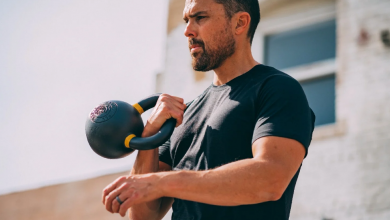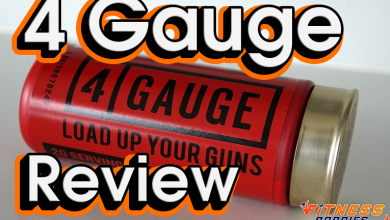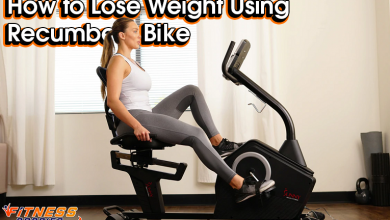How To Measure Fitness Level & Track Your Progress
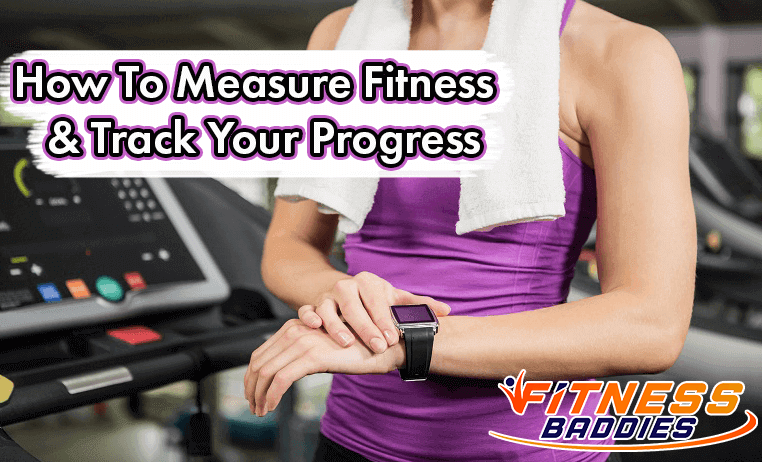
If you’re currently amid a fitness or weight loss journey, then this article is definitely for you.
I have personally gone through a fitness journey of my own, which also included getting rid of belly fat, losing weight, and get abs fast. At first, I didn’t really keep track of any progress that I made.
However, as time went by, I stumbled upon this post on a fitness forum that was centered around the importance of measuring and tracking any kind of progress you make, regardless of how small (or lack thereof) it might be.
So, I decided to try it for myself, and I’ve come to realize that you really need to assess your health and fitness if you wish to achieve better fitness levels. Those who manage to successfully transform themselves are those who track their progress regulary and write everything down, or so they say.
So, without further ado, here’s how you can measure your fitness and track your progress!
Sneak Peek of What We Are Going to Go Over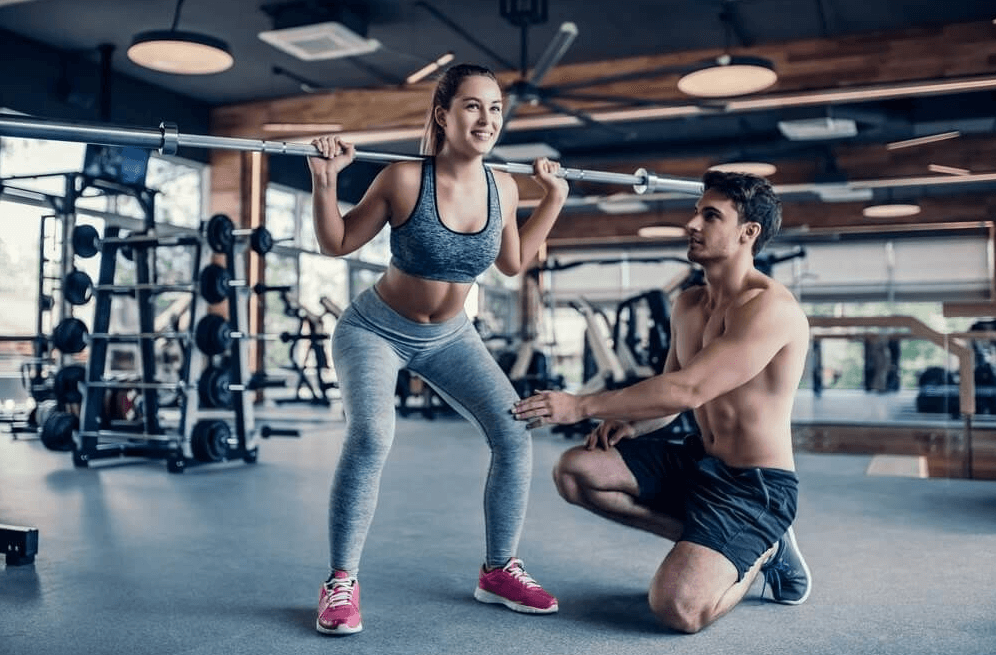
- The importance of knowing your fitness level and what it tells you about yourself
- The different levels of fitness
- How to check your overall fitness
- How to track your progress and taking body measurements, like waist circumference
- Some tips that can help you stay on track to lose weight, build lean muscle mass, and boost your cardio fitness level.
What Your Fitness Level Tells You About Yourself and Your Health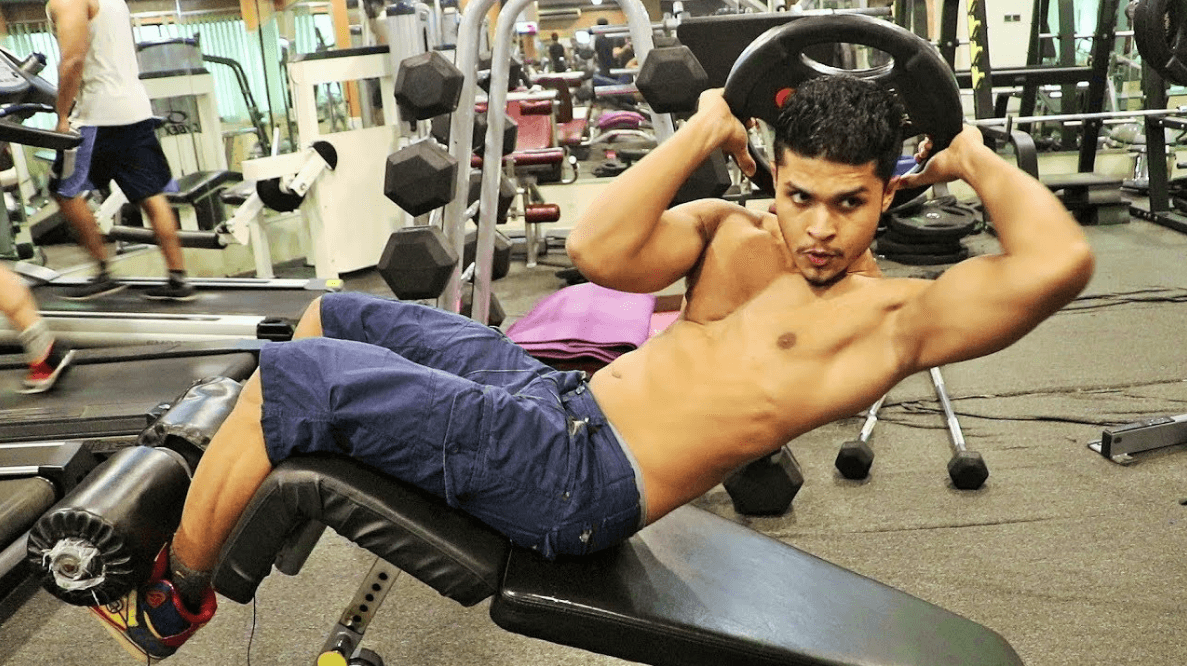
Most people tend to have a general idea of how fit they are. However, knowing the specifics will definitely help you set realistic goals, easily monitor your progress, and stay motivated through it all.
What Are the Different Levels of Fitness?
We can’t be at the same fitness level, since each one starts at their own time. You might have already envied guys at the gym lifting hundreds of pounds and making it look so easy. Trust me, you are not alone, here are the different fitness levels
Beginner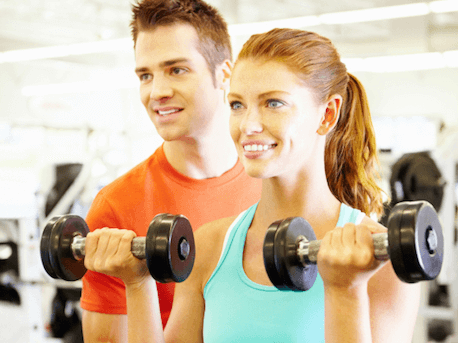
If the idea of working out on a consistent basis is new to you, then you should probably start by doing physical activity that will prepare your muscles so that you can build strength and good muscle memory over time. You cn as well pick out exercises that will increase your metabolism and help you burn more body fat throughout the day – which is actually good at helping you lose body weight over time.
A beginner’s routine is usually a combination of low-intensity versions of essential fitness workouts for short durations of time, joining an exercise program or an overall fitness program with personal trainers who are skilled in working with beginners does help.
I also recommend that you try and build a proper foundation slowly but carefully instead of trying to rush through it. This will prove helpful in the long run as you start to implement more advanced workouts, more so those that target major muscle groups. Talk of training shoulders after chest day, or pulling off more advanced moves…the likes of the planche lean and double crunch.
Intermediates
An intermediate is someone who implements a moderate (sometimes advanced) series of exercises.
They’re also the kind of trainee that’d continuously challenge the endurance of their own bodies to improve with punishing and outdrawn versions of workouts.
Additionally, an intermediate level guy usually has a solid idea about proper form, modifications, and a good understanding of various workout styles right from the starting position and throughout the move.
They also tend to set well-thought, realistic goals. Most people who consistently exercise belong to this fitness level.
Advanced
Advanced trainees implement “sophisticated”exercises that tend to fully challenge their bodies with the aim of increasing power, speed, strength, etc.
They usually have years of experience under their belt and know how to modify and utilize each and every aspect of their exercises.
Advanced trainees also tend to have a very accurate idea about their fitness goals and know how to effectively achieve them.
3 Ways You Can Measure and Test Your Fitness Level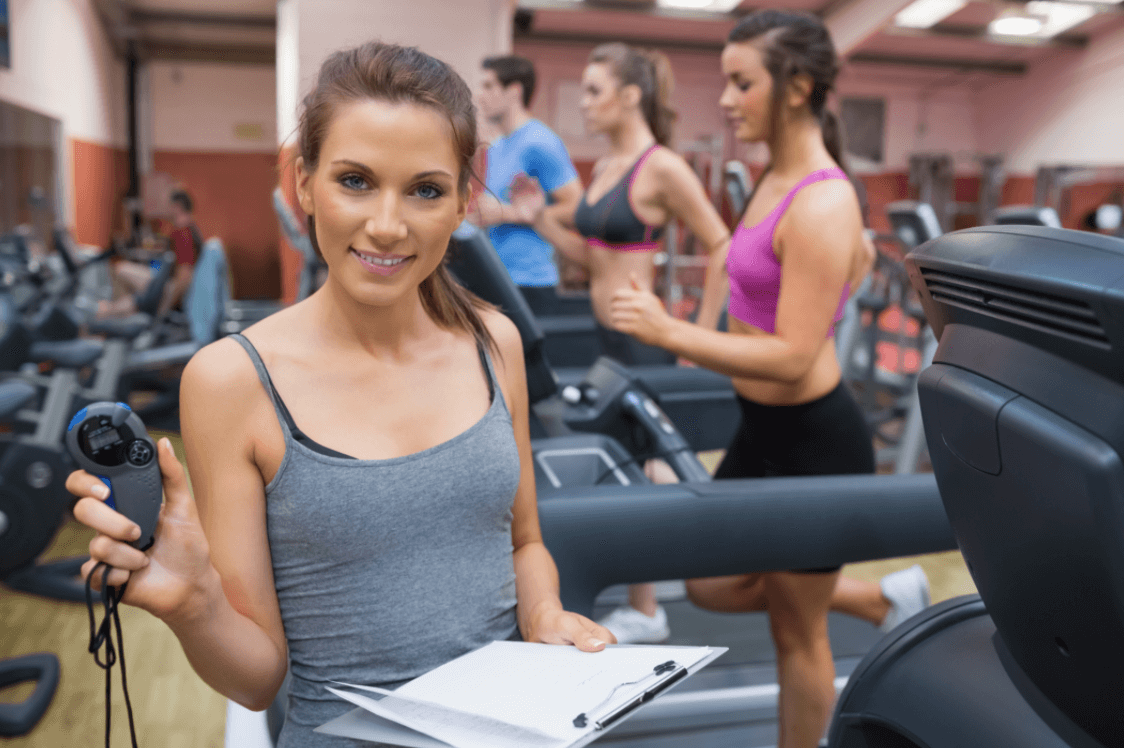
There are numerous standardized yet simple tests which can help you determine where you belong on the fitness spectrum.
Some of you might be familiar with some of these fitness tests since you’ve taken them during gym class in high school.
The following are three methods which you can implement to get an idea about your fitness level:
Method A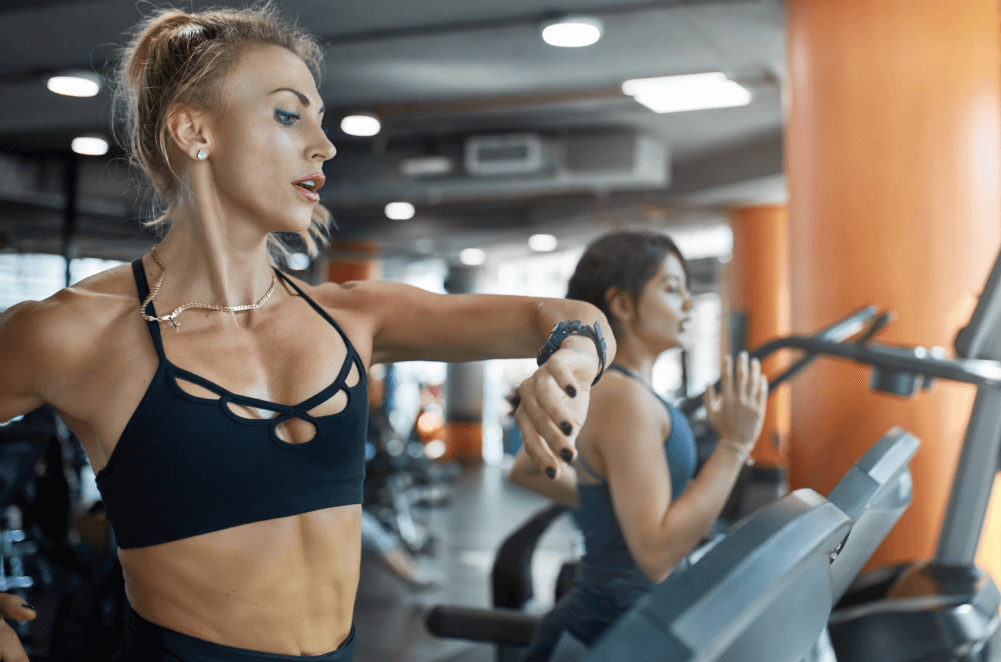
In order to properly do this series of fitness tests, you’ll need a stopwatch. If you don’t already have one installed on your phone by default, you can always install one of several apps that are usually available for free.
You’ll also need a minimum 12-inch measuring tape or stick, and a weight scale. Having a second person help you monitor your exercise is also very helpful but isn’t a necessity.
This fitness test measures your fitness level in four areas:
- Aerobic fitness
- Muscular strength and endurance
- Flexibility
- Body composition
Aerobic Fitness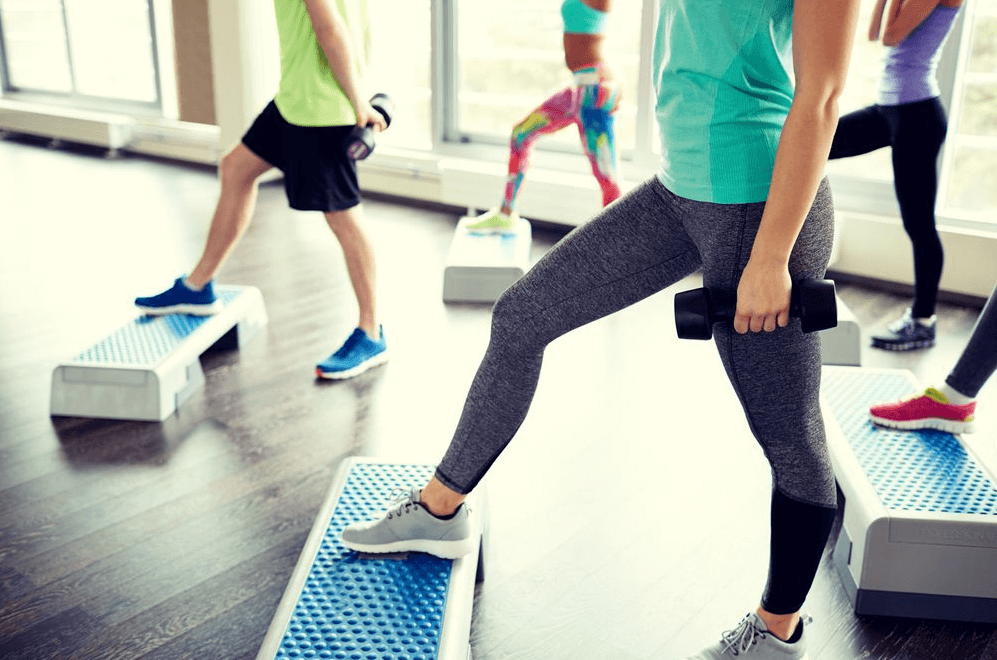
One of the key determinants of aerobic fitness is your resting heart rate, which you can assess by taking your pulse (heart beats) after a minimum of 10 minutes of rest. If you’ve done an exercise of sorts, however, or been through an event that exposed you to high stress levels, then you’ll need to take your pulse two or more hours after.
To measure your pulse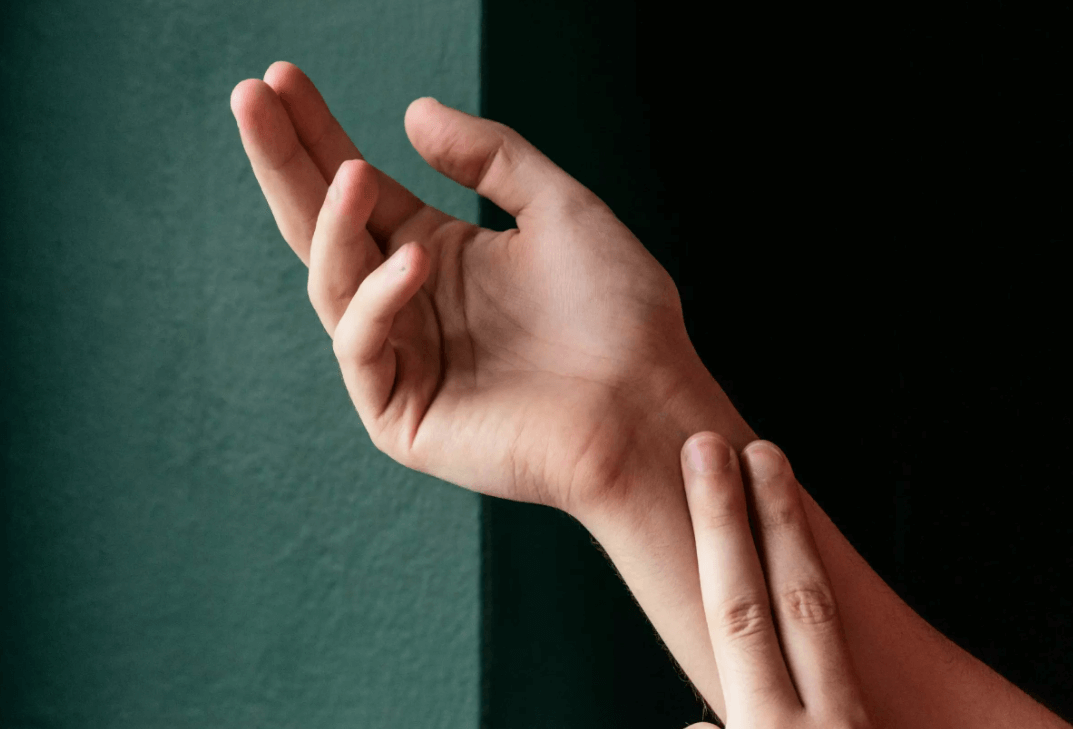
To check your heart rate, place any two fingers on your wrist with your palm facing up. If you’re having any trouble picking up your pulse, then I recommend you check some videos on the internet.
Once you find your pulse, set a timer, and count how many beats you feel in a minute. Alternatively, you can count how many beats you feel in half a minute then multiply it by two.
The healthy maximum heart rate is 60 to 100 beats per minute. Being in the lower end of this range usually means that you have a more efficient heart.
However, if you consistently register an RHR below 60 or above 100, then I highly recommend that you check with your doctor immediately – this could be a sign of an underlying heart disease or medical condition.
Next
Next up, check the recommended maximum heart rate for your age and gender, then do a simple aerobic fitness test such as running or jogging a mile. You can even jump on an incline treadmill and try and run up hill if you can’t get outside or if you want to push yourself.
Keep in mind
When doing this exercise, you should focus on two aspects. First, you should make sure that the duration it takes you to finish this simple test is well within the average mile time for your gender and age.
Second and most importantly, you should take your heart rate right after the exercise and see how it compares with the average heart rate. If it’s way higher, then it’s probably an indication of an unhealthy heart.
Muscular Endurance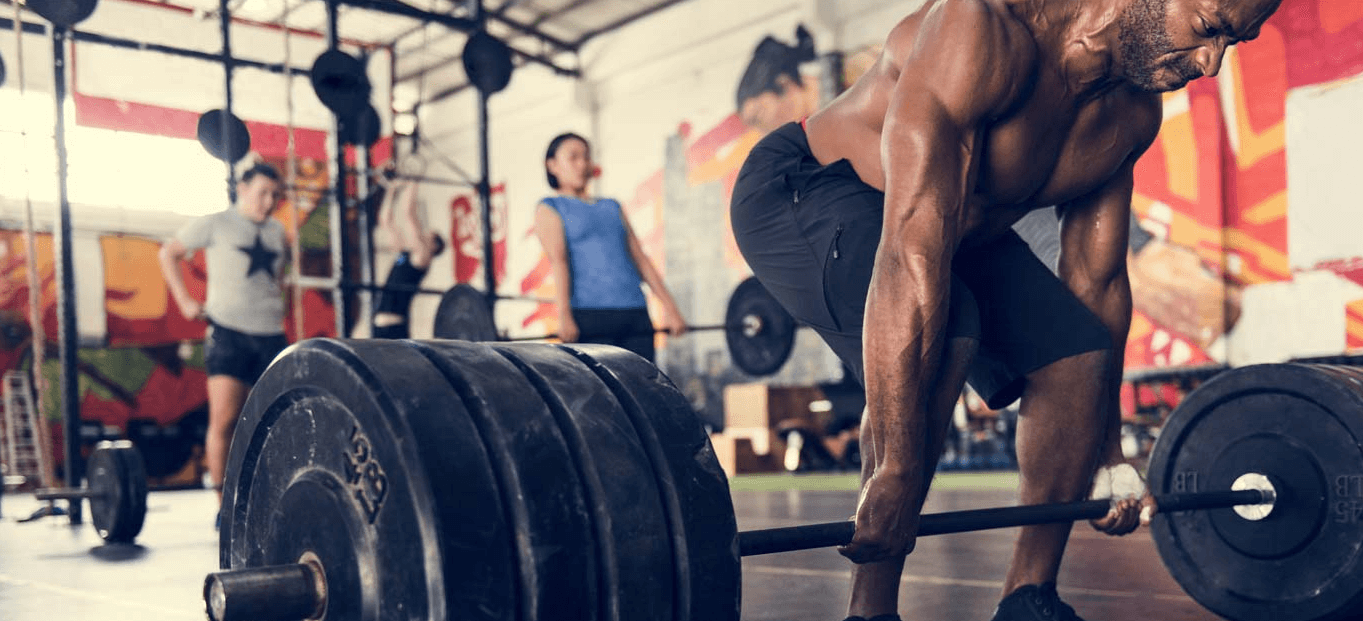
Two tests will allow you to measure your muscular strength and endurance, which are the 1RM test and the sit-up challenge.
1RM Test
The first implements the 1RM test, which is based on the maximum weight that one can lift for one rep. This test can give you helpful information on your maximum lift strength in order to help you set more realistic & accurate goals.
Sit-Up Challenge
First, make sure that you are in the proper sit-up form. I highly recommend that you seek another person’s help to watch your time and count your sit-ups.
Once you’re done doing as many sit-ups as you’re capable of doing within a one-minute time frame, compare the number you got using the average sit-up fitness scale, which you can easily access on the internet.
This method has a single drawback, which is that it mainly tests your core strength and endurance. The more you work your core muscles, the better trained and toned they will become. Try and give the one punch man workout (this, and the superwoman workout are freaking awesome if you wanna get abs in a fortnight) a try and see just how far you can push your abs.
Can you bring out those 10 pack abs or will you give up?
Any other test?
You can also test your muscle endurance by doing something static for the duration of one or more minutes.
One of the few simple tests you can do is holding a plank in the proper position as long as you can. If this example sounds oddly specific, then google it, and you’ll find out how common it is and some alternatives that you can mimic at home or in the gym.
Flexibility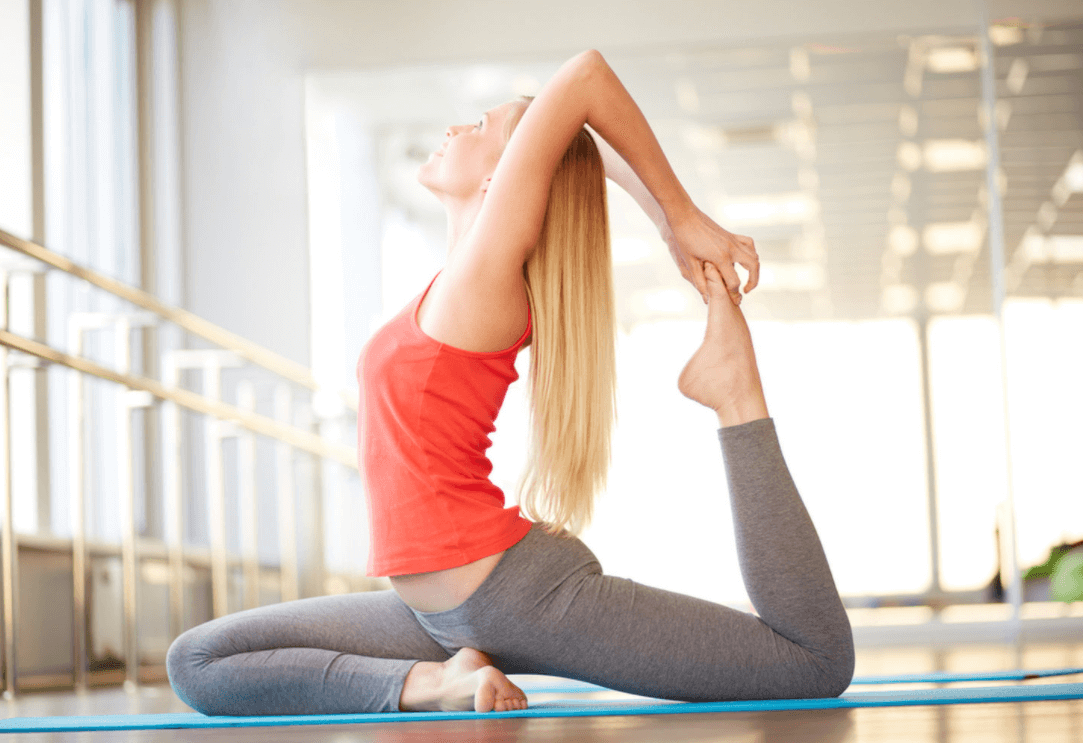
The simplest way to do a flexibility test is the sit and reach test exercise.
First, sit on the floor and extend your legs, feet flat in front of you. Then, place a measuring tape or stick starting at the bottom of your feet you can measure both your left leg and right leg if you like. Next up, stretch your arms down the length of your legs. Get a person to record the exact distance that you managed to stretch toward your feet.
If your middle fingers can’t stretch past your toes, then you’re probably not as flexible as you ought to be. It’s time you do more flexibility exercises, like stretching, which is believed to make people taller too. And as with most tests in this article, I recommend that you check a chart of average sit-and-reach distances online to get a more accurate idea of your state.
Body Composition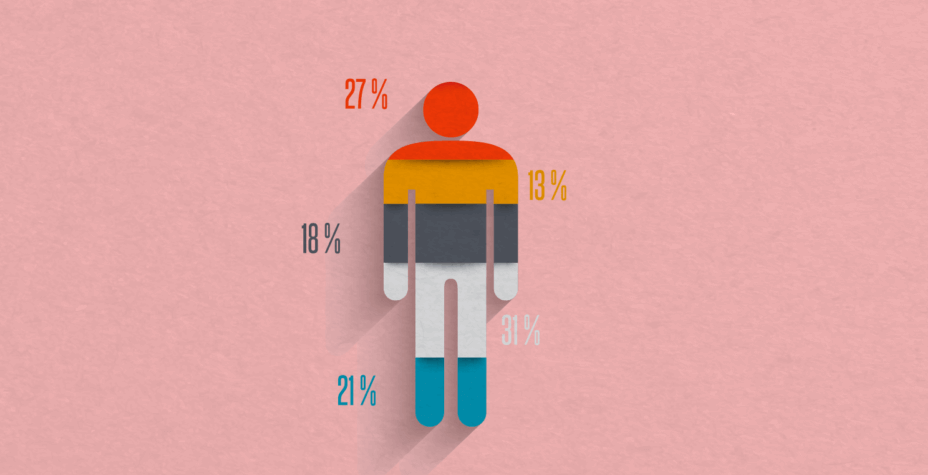
The best reflector of body composition is BMI or Body Mass Index, which shows where you fall exactly weight-wise for your height and age.
No need to learn math
You have access to a limitless number of different BMI calculators on the internet. All you need to input is your weight and height, and they’ll do the math for you!
Having a BMI with the range of 18.5 to 24.9 means that you’re in what’s considered to be within the healthy range. Anything under or over that means that you’re underweight and over is obese.
Method B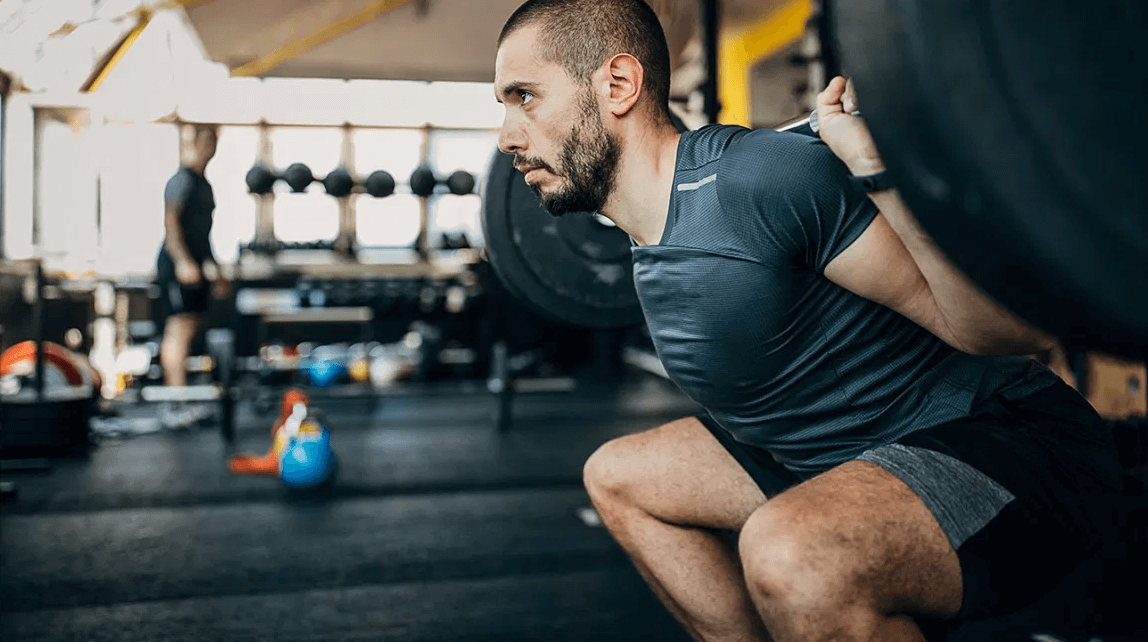
Method B allows you to measure fitness progress in the three key areas of fitness: relative strength, muscular endurance, and power. I’m going to explain these terms to you in case you don’t really understand what they mean.
Relative Strength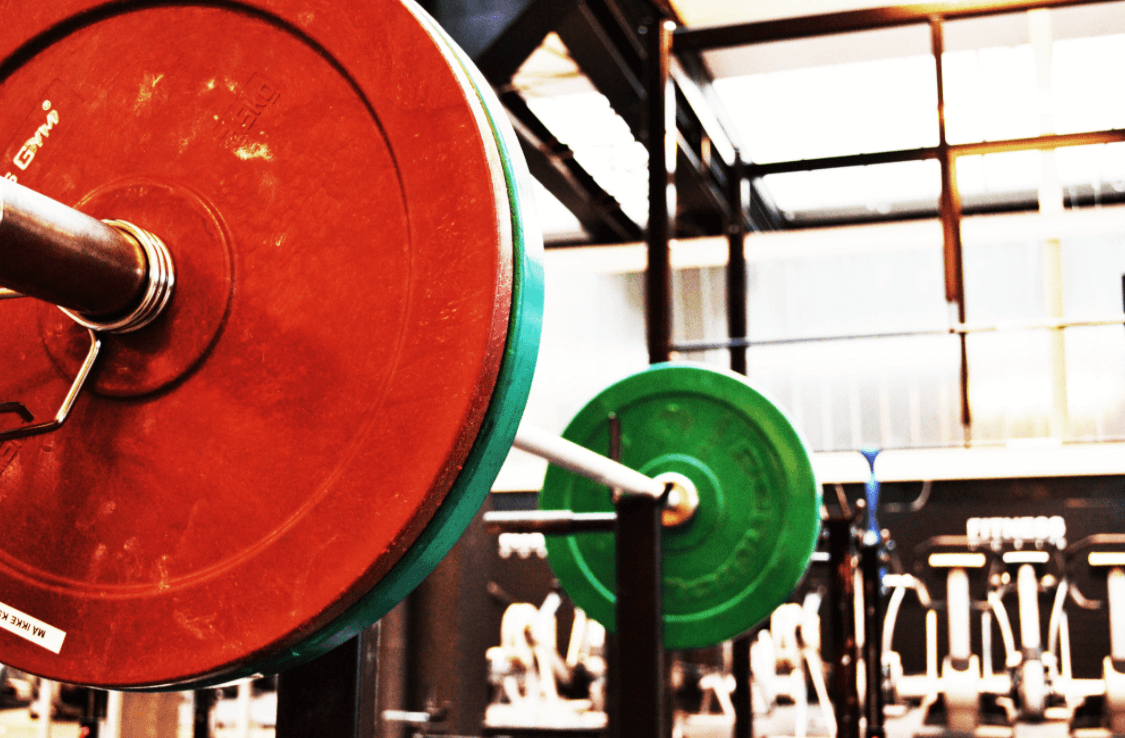
First off, we have relative strength, which is basically how strong a person is in relation to their bodyweight. It’s often misunderstood as absolute strength, which is a totally different area.
As the name already suggests, absolute strength is the sheer amount of weight one can lift, regardless of their bodyweight.
Muscular Endurance
Second, you have endurance, which can be broken down into two key elements, muscular endurance and cardiovascular endurance; if you run often or have been doing long, punishing workouts then you understand what I’m talking about.
Power
Thirdly and finally, power refers to the ability to quickly showcase your strength. An example of power is being able to sprint for longer periods of time or performing a high vertical jump.
Measuring Your Fitness Using Method B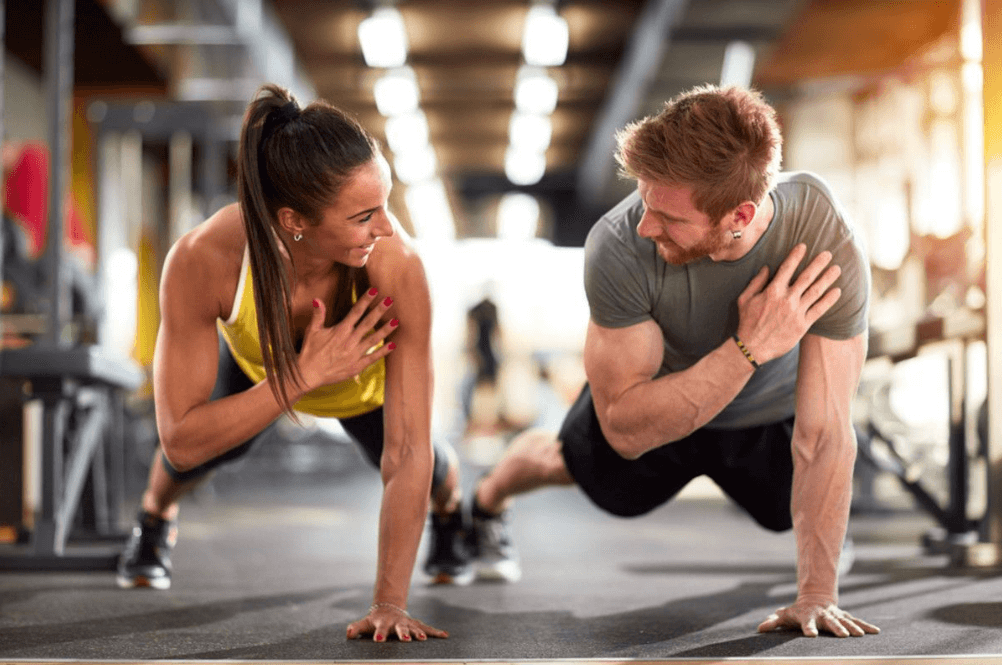
The following are four different tests that you can implement to measure your fitness level as per Method B:
Bodyweight Squat
Properly performing a bodyweight squat can be done in 3 easy steps:
- Stand with your feet hip-width apart.
- Push your hips back and bend your knees to the point where the tops of your thighs are parallel to the floor. Once that’s done, bring your arms in front of you, and make sure that your back is flat and your chest is high.
- Finally, return to the standing position as powerfully and quickly as possible. Repeat this whole process for a solid minute and record the number of reps you manage to do.
Here’s where you approximately belong depending on the number of reps that you managed to get:
- Beginner: less than 20 reps
- Intermediate: 20 to 40 reps
- Advanced: more than 40 reps
Squats are not only some of the essential core workout, they also make for a great overall exercise to do. You can even squat every day with no problems if you really want to build your quads and lower body. You can also include them in exercises challenges like the 100 push-ups, 100 sit-ups, 100 squats, for a full-body workout.
Push-up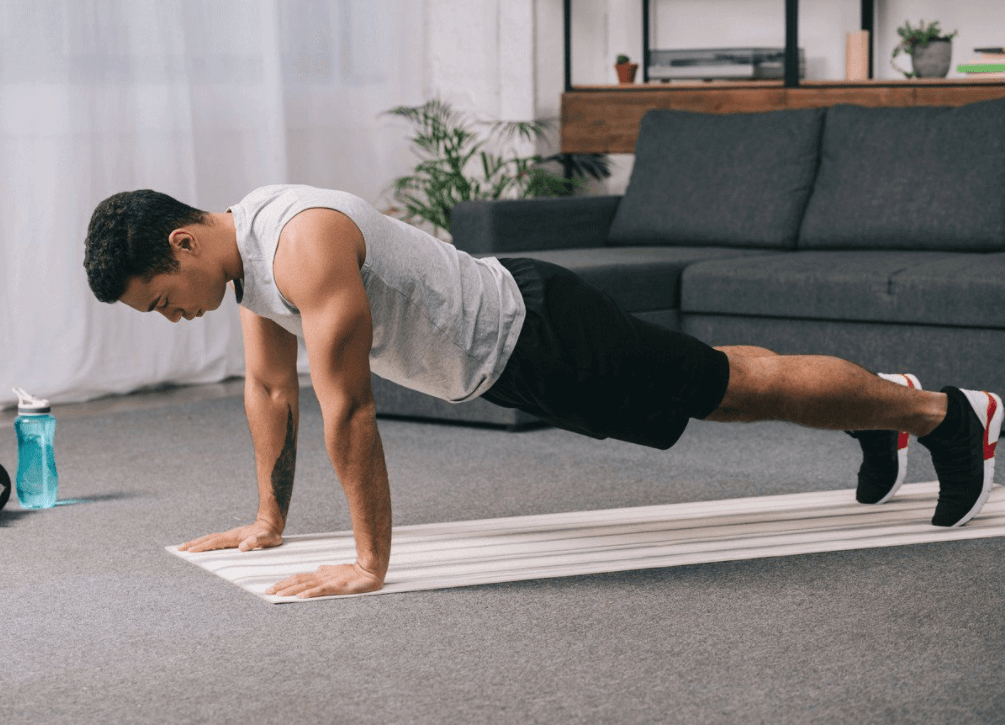
How to perform a proper push-up:
- Get down on all fours with your feet stacked together and play your hands in line with your shoulders.
- Make sure that your body is in a straight line from head to heels. Once that’s dealt with, lower your chest until it’s a few inches away from the floor.
- Push your body back to the initial position and repeat as many times as you can while making sure that your body is straight.
Here’s where you approximately belong depending on your gender and the number of reps you managed to do in one minute:
Women:
- Beginner: less than 15
- Intermediate: 16 to 25
- Advanced: more than 25
Men:
- Beginner: less than 25
- Intermediate: 25 to 40
- Advanced: more than 40
Plank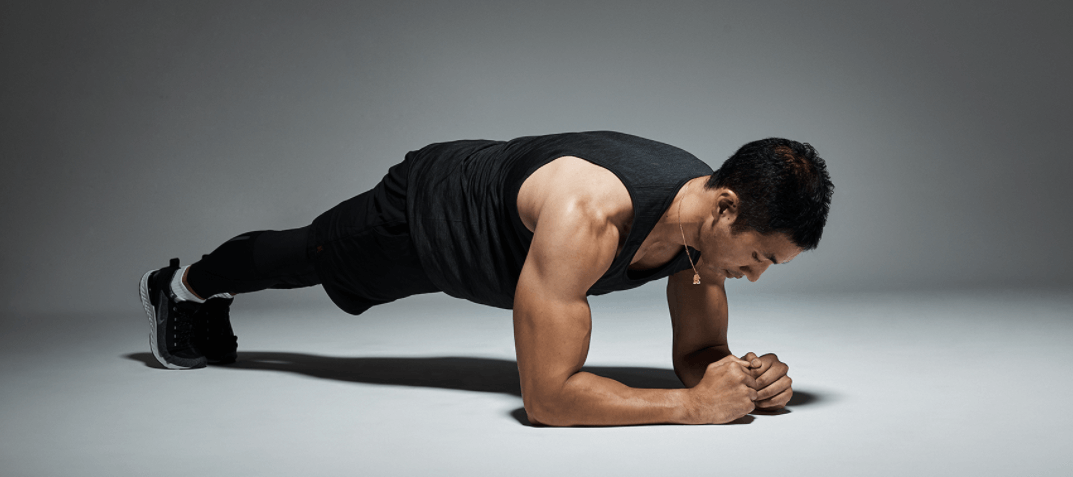
Here’s how to do a proper plank:
- Get in position as if you’re going to perform a push-up, but instead of putting your weight on your hands, you should put it on your forearms. You can achieve this by placing your elbows directly under your shoulders.
- Squeeze your glutes and brace your core so that your body is locked into a straight line from head to heels.
- Hold this form for as long as possible while recording your time.
Here’s where you approximately belong depending on the time you managed to last:
- Beginner: less than 60 seconds.
- Intermediate: 60 to 120 seconds.
- Advanced: more than 120 seconds.
If you are confused about what to do first, planks or push-ups, I suggest starting with planks until you have the physical fitness to do planks. These workouts will help improve both your core strength as well as upper body strength. Another great workout that will test your upper body strength is the planche lean.
Burpee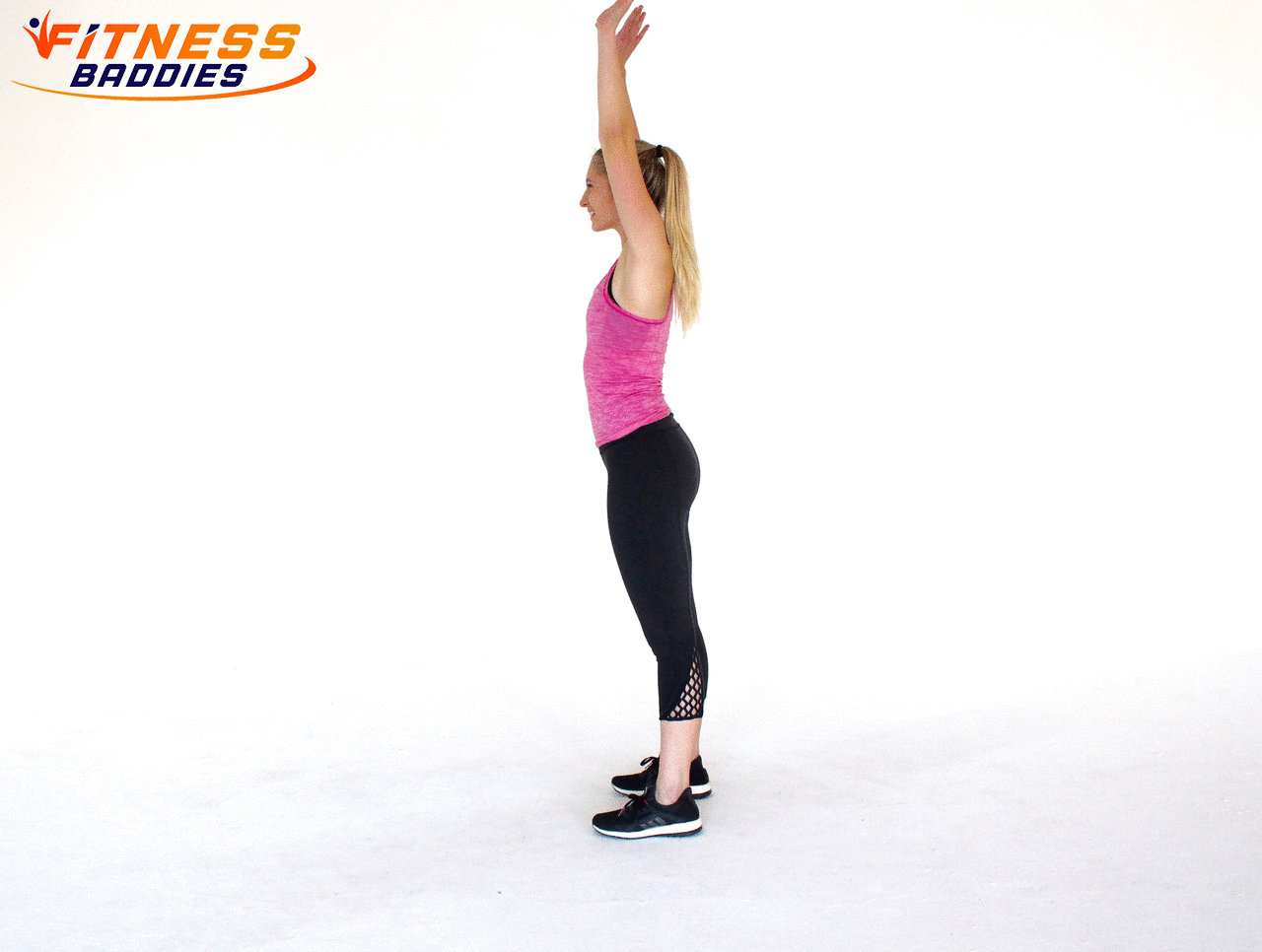
Correctly performing a burpee is a trickier task than the ones before:
- Stand with your feet width of a hip apart.
- Bend your knees, push your hips back, and place your hands on the floor.
- Jump your feet back into a push-up position, then back into the squat position that you initially held.
- Now jump up as much as you can.
- Land, then repeat the whole process as many times as you can in one minute.
Here’s where you approximately belong depending on the number of reps that you managed to get:
- Beginner: less than 20 reps
- Intermediate: 20 to 30 reps
- Advanced: more than 30 reps
Method C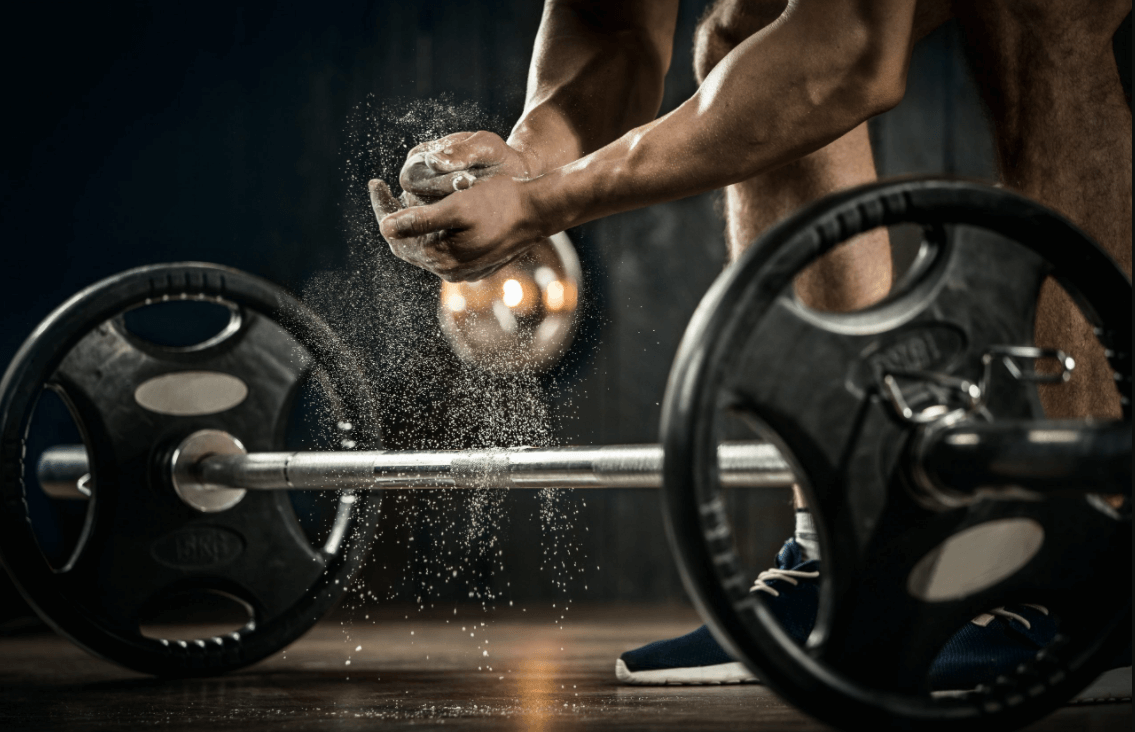
This test can be used to determine your lifting level.
Why, though?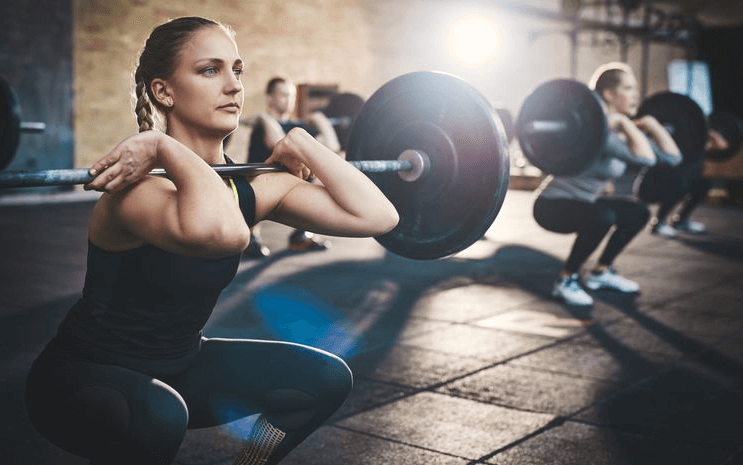
Knowing your lifting level can help you with a number of different things. First and foremost, it’ll obviously give you an idea of which lifts are appropriate for you as well as which approach you should take to improve.
This is very important because as you progress through the different stages of lifting, you’ll need to do certain things differently:
- Beginner lifters will usually do best at basic workouts regardless of the specific goals that they might have in mind. They benefit most from high-frequency workouts and tend to focus on compound movements.
- Intermediatelifters will do best at advanced workouts that are usually based on their own specific goals. These workouts are usually high-volume and a mixture of compound and isolation movements.
- Advancedlifters will do best at an organized program that is carefully tailored to their own goals and assures.
The truth is…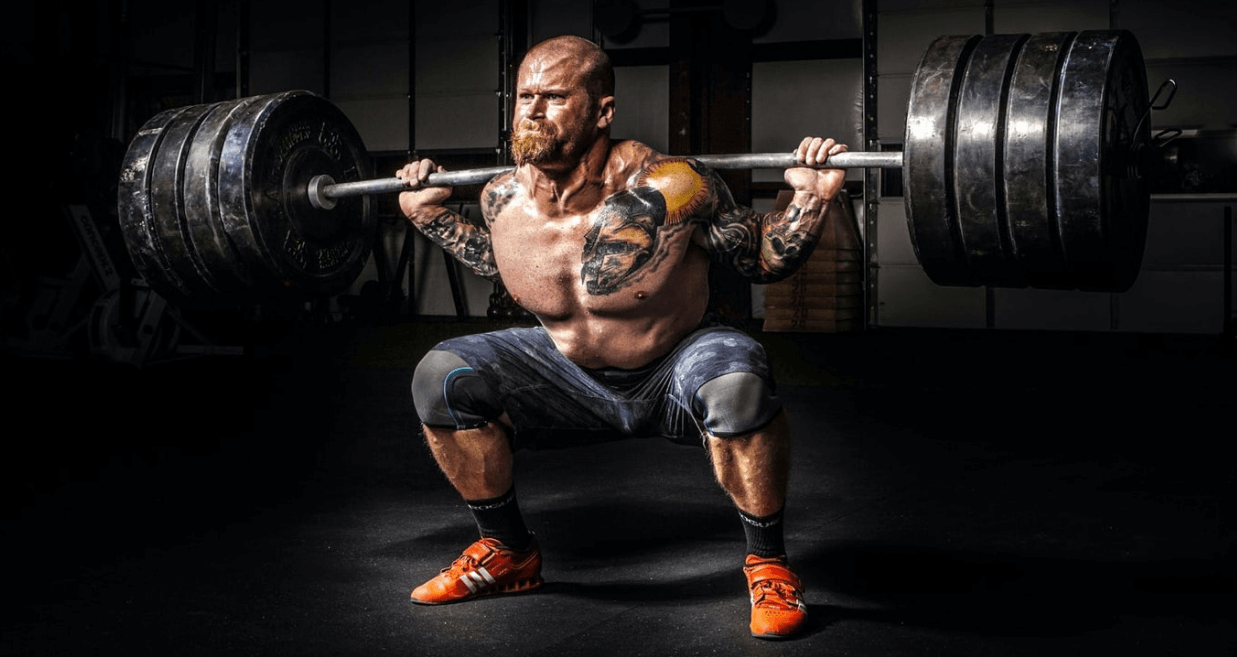
In my opinion, the best way to accurately determine your lifting level is to review your training experience and overall strength in the context of consistent, intelligent training.
- Consistent training usually means doing two to four training sessions every week without missing a single workout except in the case of illness, injury, and such.
- Intelligent training, on the other hand, means that you’ve been following a well-thought-out plan, progressively adding weights, and closely following your progress/results.
Most experts in this domain will agree on the fact that if you’re still in your first 6 to 12 months of consistent and intelligent training, then you’re still a beginner lifter. This period of time is crucial since it’ll give you enough time to properly learn most of the techniques and get familiar with weightlifting as a whole.
As you go up the ladder…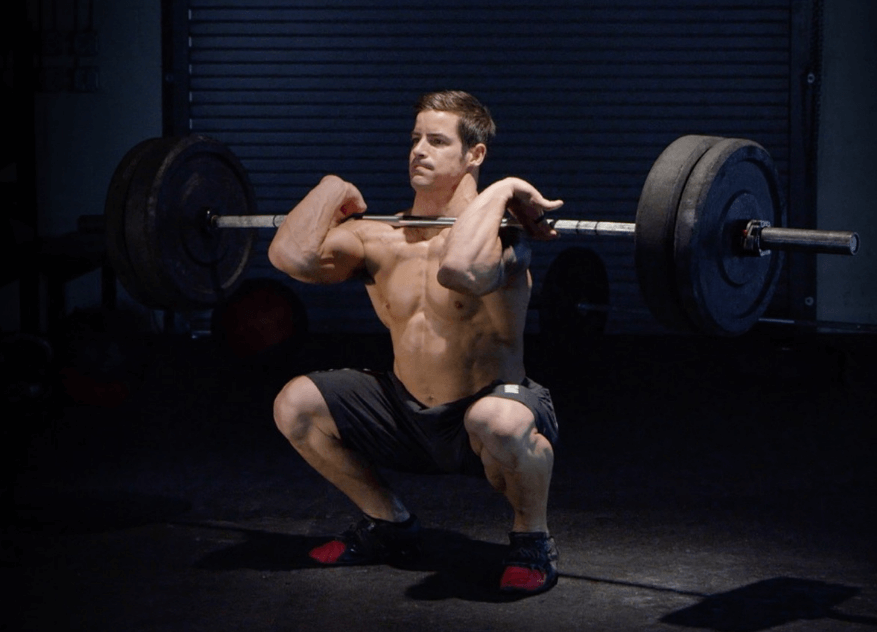
Eventually, you’ll join the ranks of the intermediate lifters who are usually characterized by having an above-average level of strength and muscular development. They’re also very familiar with and proficient at common exercises such as chin-ups, bench press, rows, deadlift, squats, etc.
Last but not least, for you to even be considered an advanced lifter, you’ll need to be someone who has been training both consistently and intelligently for the last FIVE years or more. Additionally, most advanced lifters already got the most out of their bodies’ potential for growth.
A number of people tend to consider themselves as advanced lifters. However, many of them actually aren’t.
Tracking Your Progress in the Gym – 5 Ways That Worked for Me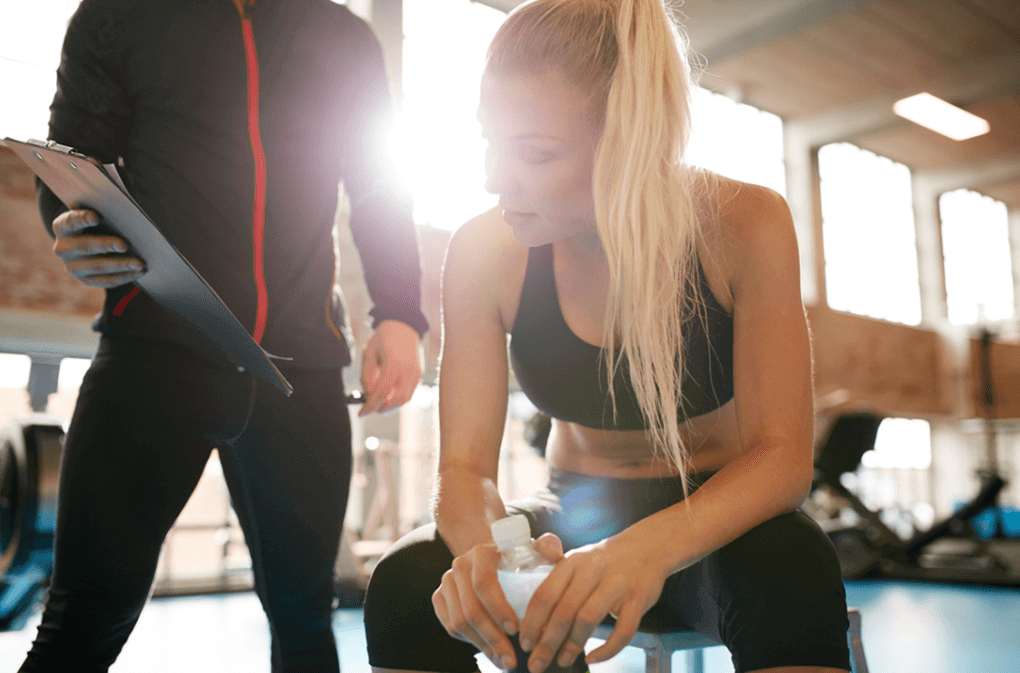
There’s a long list of the ways you can track your performance in the gym, and yeah, even when working out in your backyard gym too, these have been the ones that helped me the most.
Body Measurements
Constantly getting your body measurements can be a very effective way to keep track of your progress.
In order to ensure that you’re getting accurate numbers each time, make sure to measure in exactly the same place and under the same circumstances each time.
Here are some tips and instructions on how to measure each part of your body:
Waist:
The tape should be placed about half an inch above your belly button while you measure around your torso. When measuring your waist, make sure to exhale at once and measure before inhaling.
Chest:
The tape should beparallel to the floor and placed just underneath your pecs/breasts. Measure around the torso.
Hips:
The tape should be parallel to the floor and placed around the widest part of your buttocks/hips.
Bust:
The tape should be parallel to the floor and placed across your nipples and measure around the bigger part of your chest.
Thighs:
The tape should be placed around the largest part of each thigh.
Calves:
The tape should be placed around the largest part of each calf.
Upper Arms:
The tape should be placed above the elbow, around the largest part of each arm.
Forearm:
The tape should be placed around below the elbow, around the largest part of each arm.
Neck:
The tape should be placed around the largest part of the neck.
The Scale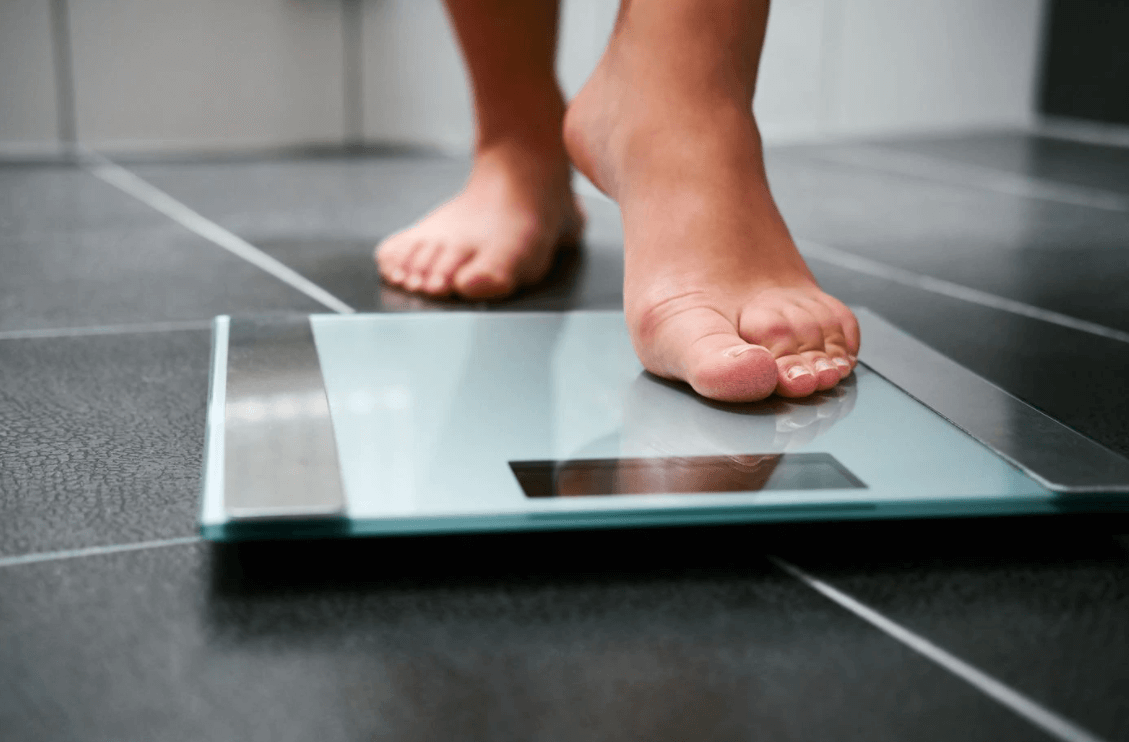
Constantly weighing yourself has a bad rep in the fitness world. And while it is true that your bodyweight is not reflective of how much muscle you have in comparison to fat, it still gives you a general idea about any progress you’ve made.
It’s common sense, really.
If one of your fitness journey’s main goals is losing weight, then I highly recommend that you keep track of your weight.
You should make sure that certain factors are always the same when you get your weight, such as the scale itself, the clothes you wear, the time of the day, etc.
Don’t Be Afraid of Taking Photos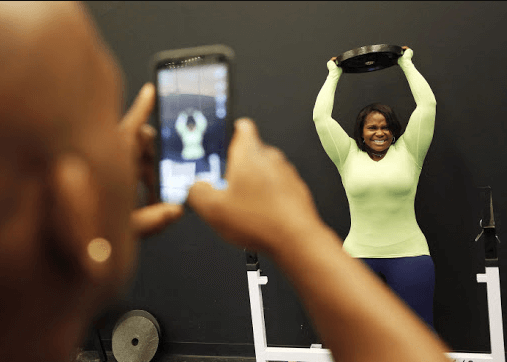
Taking photos is a great way to measure your progress in a ‘real’ way. Comparing two photos side by side can give you a better idea of any progress you’ve made than numbers. They can also be very motivational, leading you to perform even better and keep up the progress.
As is the case with any measurement method, I highly recommend that you keep the factors surrounding the pictures the same. In other words, try to use the same camera, lighting, background, etc. Additionally, you should compare the photos on a monthly basis, not shorter and not longer.
Keep a Journal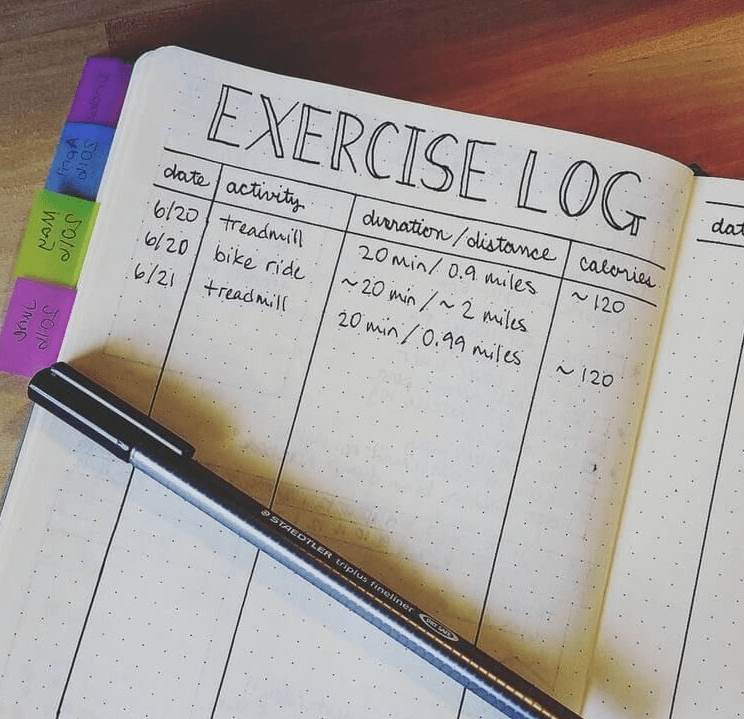
Whenever in doubt about anything, write it down. And unsurprisingly enough, one of the best ways to keep track of your progress is to log each and every workout you have in a journal or notebook of sorts.
First, write down the name of the exercise, the number of reps, and sets done. You could also write down the weights if you used any dumbbells, kettlebells, or even the heavier weights.
I personally find it quite helpful to write down a few notes about your training session the moment you’re finished.
This way, you can track how you’re really feeling at that exact moment. This can give you insight into what you might want to do or not do during the next session.
Use Social Media to Your Advantage
I do realize that this option isn’t really for everyone. But, posting your sweaty selfies at the gym or of the food you are eating can be a good way to track your progress because it will allow you to look back at yourself and see not only what you looked like but also what you were eating at the time. Are you consuming high fats and tons of sugar? If so, slowly taper your diet down into a more healthy one.
You can see just how I stopped eating sugar when I decided to dig in and boot the habbit.
You don’t necessarily have to post every tiny detail of your workout online. But keeping your friends and peers updated from time to time can also function as a good reminder of how far you’ve come.
A Few Tips to Stay on Track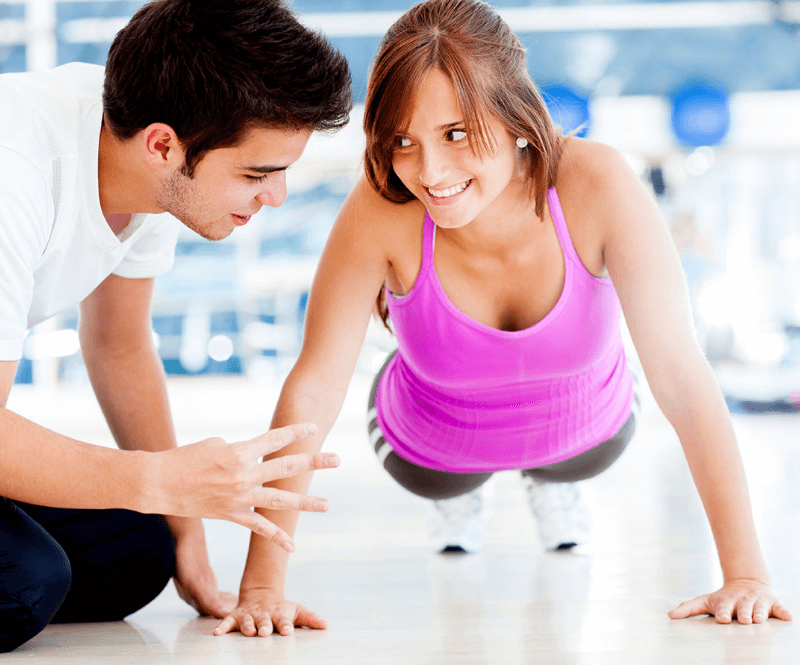
To keep motivated an moving forward on your fitness journey, there are a few things you need to do, and a few more to avoid. Here are some of the most important ones.
Be Realistic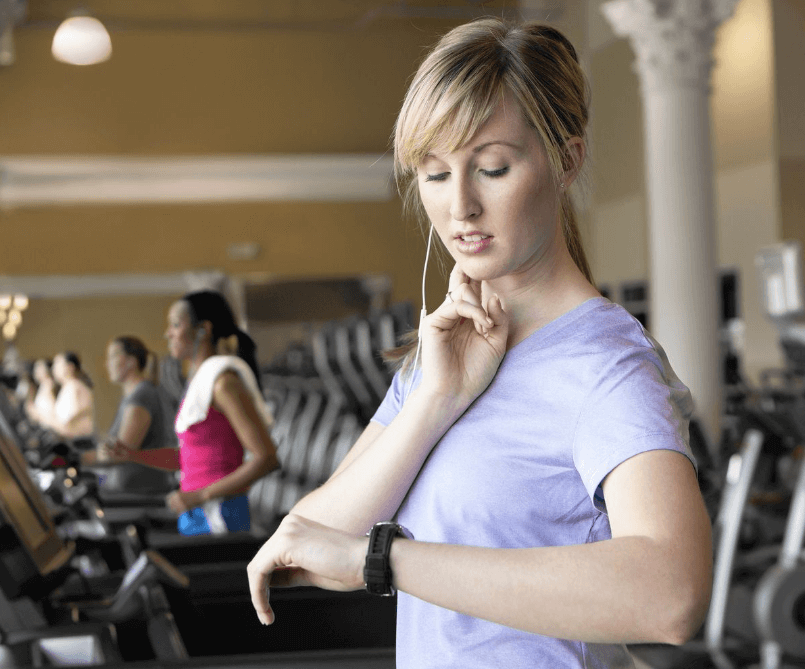
One of the most common things that can end up demotivating you on your fitness journey is setting unrealistic goals. For example, some people might expect to see a noticeable difference in their physique in just one or two weeks, which is usually impossible.
Work Within Your Limits
You must understand that working withing your limits will help you reach your fitness goals in the safest and most efficient way. Start by going to the gym 2 days a week, then gradually add up. This doesn’t mean that you’ll always stay within certain limits.
On the contrary, with each workout, your limits will broaden, allowing you to set harder but realistic goals and keeping the journey going.
Keep a Schedule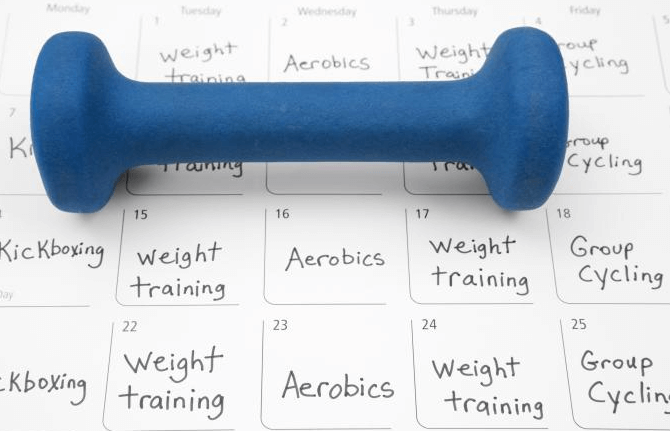
Setting up a schedule is a great way to keep track of all your goals. You’re also more likely to stick to your training and avoid missing any session as it’ll become an integral part of your weekly routine.
In other words, working out will become an essential part of your lifestyle instead of a burden or a chore. Simply treat each training session as an appointment, the kind that you can’t really miss except in severe cases.
Mix It Up
I’ve seen numerous people, friends, and strangers, quit on their workouts simply because they got bored. This is why I recommend that you continuously mix things up in your exercises; even a seemingly simple cardio could turn out to be all you’re missing. If you are lifting weights all the time give calisthenics a try. Calisthenics could actually be better than lifting weights.
It’ll keep the fitness journey both exciting and fun, keeping you in the game both mentally and physically.
